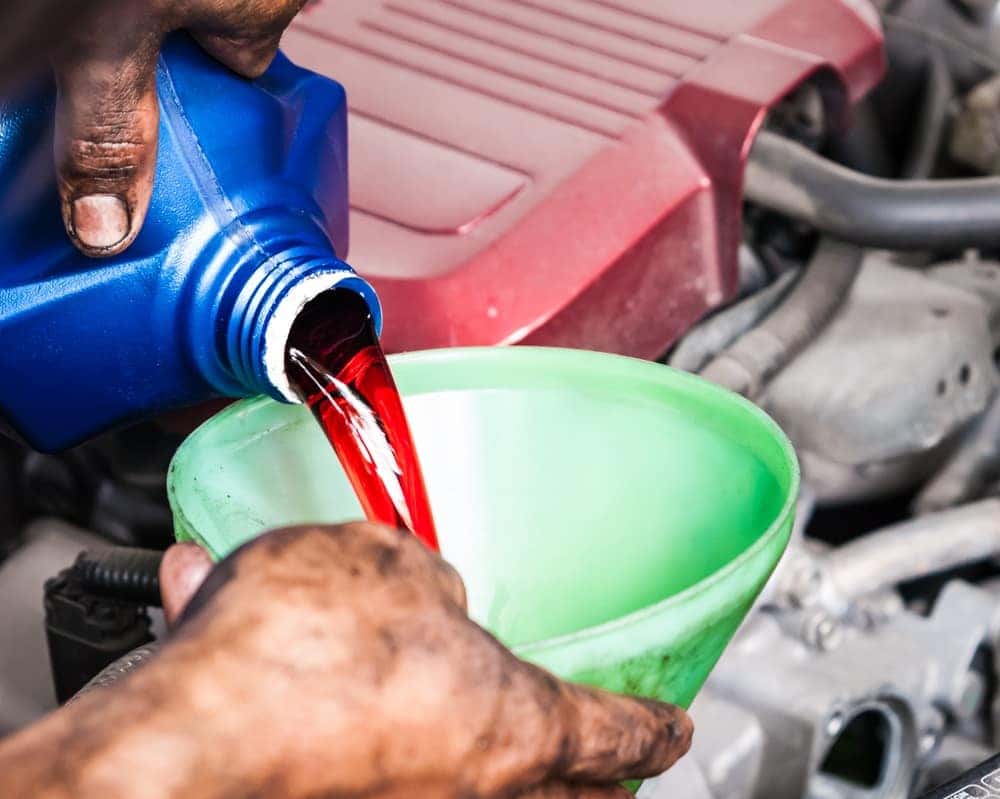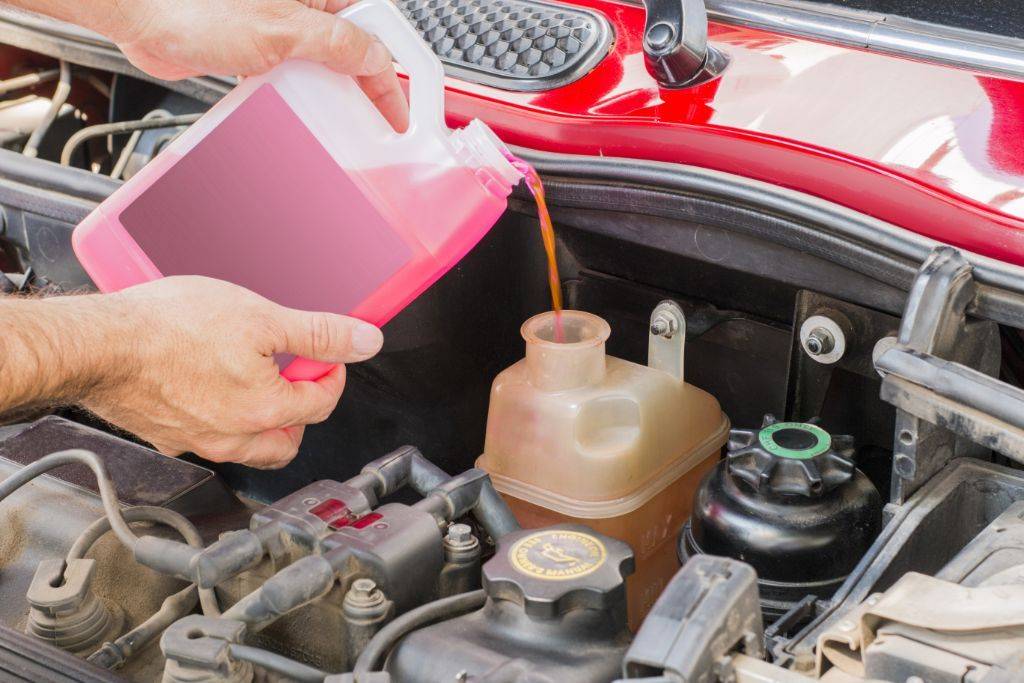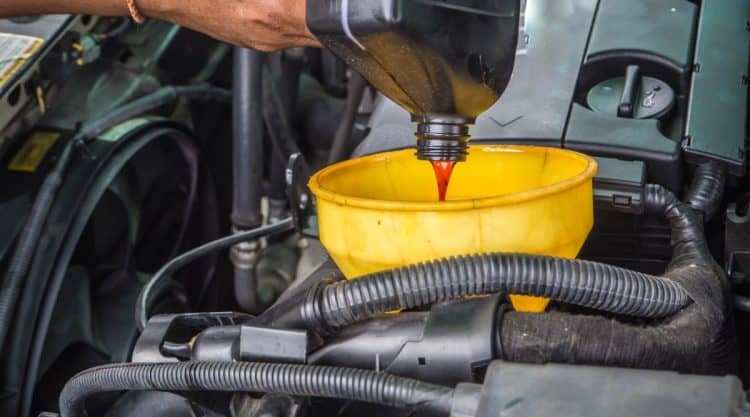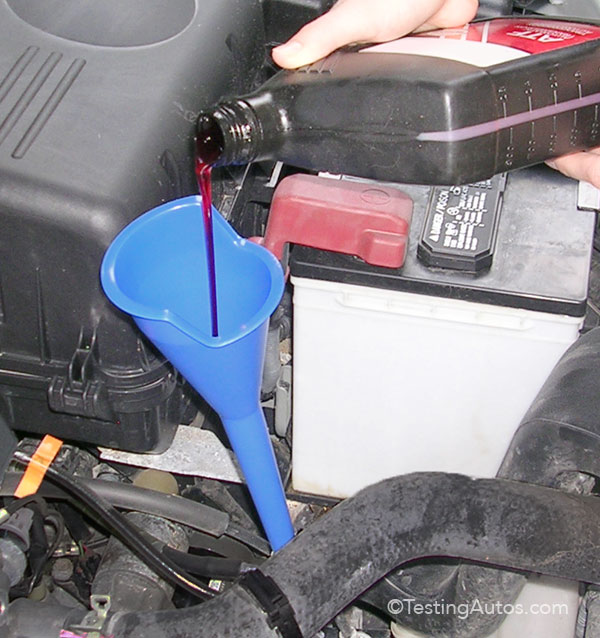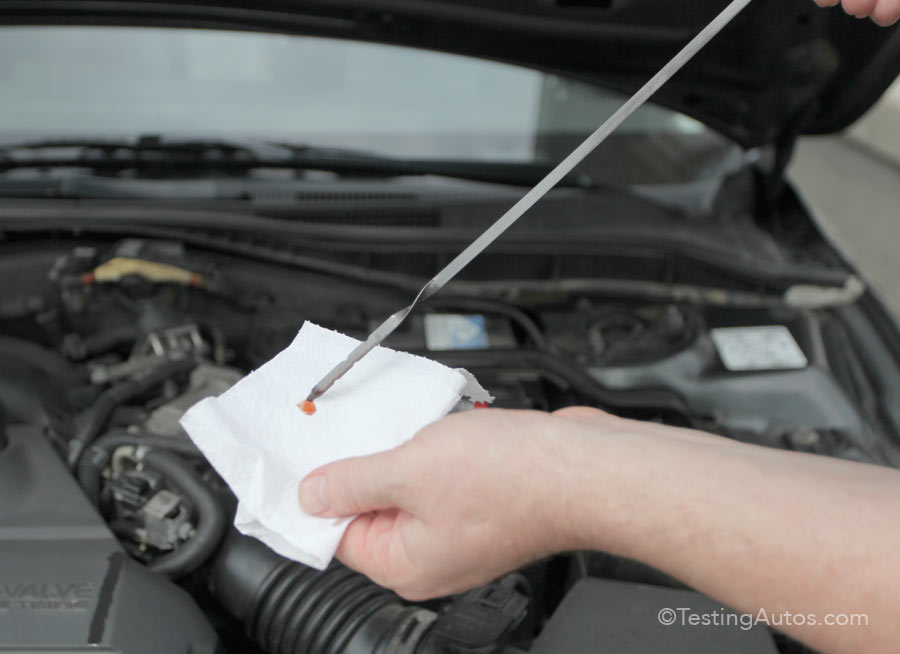How Often Do You Have To Change The Transmission Fluid

For many car owners, the question of when to change transmission fluid can feel like a murky mystery, shrouded in conflicting advice and varying vehicle specifications. Neglecting this crucial maintenance task can lead to costly repairs, but overly frequent changes can be an unnecessary expense. Understanding the factors that influence transmission fluid lifespan is key to keeping your car running smoothly.
The frequency of transmission fluid changes depends heavily on several factors, including the type of transmission (automatic or manual), driving habits, and the manufacturer's recommendations. Determining the optimal interval requires a nuanced understanding of these variables.
Understanding Transmission Types and Fluid Needs
Automatic transmissions, the most common type in modern vehicles, generally require more frequent fluid changes than manual transmissions. This is due to the greater complexity and higher operating temperatures within automatic systems.
Manual transmissions, while simpler, still benefit from regular fluid changes to maintain smooth shifting and protect internal components. The fluid acts as a lubricant, preventing wear and tear on gears and synchronizers.
Decoding Manufacturer Recommendations
The primary source of information on transmission fluid change intervals should always be your vehicle's owner's manual. Most manufacturers provide specific guidelines based on extensive testing and engineering analysis.
These recommendations often vary, with some suggesting intervals as short as 30,000 miles for severe driving conditions, while others may extend to 60,000 miles or even longer for normal use. Always consult your owner's manual for the most accurate information.
The Impact of Driving Habits
Severe driving conditions can significantly shorten the lifespan of transmission fluid. These conditions include frequent towing, hauling heavy loads, stop-and-go traffic, and extreme temperatures.
Under these circumstances, the transmission works harder and generates more heat, which can degrade the fluid more quickly. If you regularly subject your vehicle to these conditions, consider shortening the recommended fluid change interval.
Conversely, if you primarily drive on highways in moderate temperatures, you may be able to extend the interval somewhat, but it's still crucial to adhere to the manufacturer's guidelines as a baseline.
The Importance of Fluid Type
Using the correct type of transmission fluid is absolutely critical. Using the wrong fluid can cause serious damage to your transmission.
Refer to your owner's manual to determine the specific fluid type recommended for your vehicle. Different fluids have different properties and are designed for specific transmission designs.
Recognizing the Signs of Transmission Problems
Even if you follow the recommended maintenance schedule, it's important to be aware of the signs that your transmission fluid may need changing. These include slipping gears, rough shifting, unusual noises, and a burning smell.
Dark, discolored fluid or fluid with a burnt odor is also a clear indication that a fluid change is necessary. If you notice any of these symptoms, consult a qualified mechanic for an inspection.
The Cost of Neglect vs. Proactive Maintenance
The cost of a transmission fluid change is relatively minor compared to the potential cost of repairing or replacing a damaged transmission. Neglecting fluid changes can lead to internal component failure, requiring extensive and expensive repairs.
Proactive maintenance, including regular fluid changes, can significantly extend the life of your transmission and save you money in the long run. It's an investment in the long-term health and reliability of your vehicle.
Seeking Professional Advice
If you're unsure about when or how to change your transmission fluid, don't hesitate to seek professional advice. A qualified mechanic can inspect your transmission, assess the condition of the fluid, and provide personalized recommendations.
Always consult a trusted mechanic if you suspect any issues with your transmission. Addressing problems early can prevent them from escalating into major repairs.
The Takeaway
The optimal frequency for changing transmission fluid isn't a one-size-fits-all answer. By considering your vehicle's type, driving habits, and the manufacturer's recommendations, you can ensure that your transmission receives the proper care and enjoys a long and healthy lifespan. Regular maintenance is key to avoiding costly repairs and keeping your vehicle running smoothly for years to come.

